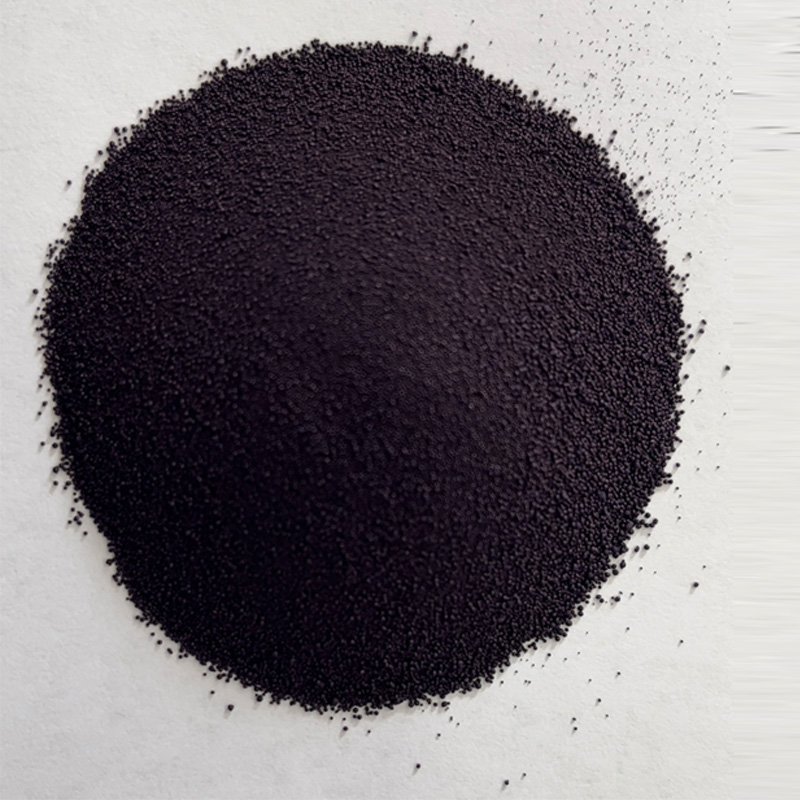indigo clothes dye supplier
The Role of Indigo in Textile Dyeing
Indigo dye has been cherished for centuries, renowned for its rich blue color and unique properties. As consumers become increasingly aware of sustainability and ethical practices in fashion, the demand for natural dyes like indigo is on the rise. This article explores the role of indigo as a textile dye, the significance of indigo clothing dye suppliers, and what the future holds for this timeless dye.
Historical Significance of Indigo
Historically, indigo dye has been derived from plants, primarily from the Indigofera genus. Its use dates back thousands of years, with significant cultural importance in countries such as India, Japan, and West Africa. The ancient methods of extracting indigo are still relevant, as artisans use traditional fermentation processes to produce natural dye. This has not only preserved local traditions but has also contributed to the revival of artisanal textile production.
The Benefits of Natural Indigo Dye
Choosing natural indigo dye over synthetic alternatives offers several benefits. Natural indigo is environmentally friendly, biodegradable, and less harmful to the skin compared to chemical dyes. It produces vibrant colors that soften with washing, creating a unique patina over time that enhances the character of the fabric. As consumers become more eco-conscious, the appeal of natural indigo continues to grow, fostering a shift back to artisanal methods of textile production.
indigo clothes dye supplier

The Role of Indigo Clothing Dye Suppliers
Indigo clothing dye suppliers play a crucial role in bridging the gap between traditional dyeing techniques and modern fashion needs. These suppliers source indigo from sustainable farms, ensuring that their products are ethically produced. They cater to designers and manufacturers who prioritize organic materials and pursue eco-friendly practices. By conducting business with indigo suppliers dedicated to responsible sourcing, brands can align themselves with the values of sustainability and fair trade, thus appealing to a growing market of conscious consumers.
Innovations in Indigo Dyeing
The textile industry has seen innovative approaches to indigo dyeing, integrating technology while preserving traditional methods. Companies are now exploring new ways to achieve the iconic indigo color with lower environmental impact. Advanced dyeing techniques and sustainable practices are being adopted to minimize water usage and chemical runoff. Research into alternative indigo sources, such as genetically modified crops, is also underway, aiming to enhance the dyeing process while reducing dependency on traditional growing methods.
Conclusion
Indigo dye reflects the intersection of tradition and innovation in the textile industry. As indigo clothing dye suppliers continue to provide sustainable options, they enable brands to meet the demands of an eco-conscious market. The enduring allure of indigo is a testament to its deep-rooted history and its relevance in today's fashion landscape. By embracing natural dyes like indigo, the industry can move towards a more sustainable future, merging the beauty of traditional craftsmanship with modern consumer values. As the trend for sustainable fashion gains momentum, indigo will undoubtedly continue to shine as a symbol of both artistry and responsibility.
-
The Timeless Art of Denim Indigo Dye
NewsJul.01,2025
-
The Rise of Sulfur Dyed Denim
NewsJul.01,2025
-
The Rich Revival of the Best Indigo Dye
NewsJul.01,2025
-
The Enduring Strength of Sulphur Black
NewsJul.01,2025
-
The Ancient Art of Chinese Indigo Dye
NewsJul.01,2025
-
Industry Power of Indigo
NewsJul.01,2025
-
Black Sulfur is Leading the Next Wave
NewsJul.01,2025

Sulphur Black
1.Name: sulphur black; Sulfur Black; Sulphur Black 1;
2.Structure formula:
3.Molecule formula: C6H4N2O5
4.CAS No.: 1326-82-5
5.HS code: 32041911
6.Product specification:Appearance:black phosphorus flakes; black liquid

Bromo Indigo; Vat Bromo-Indigo; C.I.Vat Blue 5
1.Name: Bromo indigo; Vat bromo-indigo; C.I.Vat blue 5;
2.Structure formula:
3.Molecule formula: C16H6Br4N2O2
4.CAS No.: 2475-31-2
5.HS code: 3204151000 6.Major usage and instruction: Be mainly used to dye cotton fabrics.

Indigo Blue Vat Blue
1.Name: indigo blue,vat blue 1,
2.Structure formula:
3.Molecule formula: C16H10N2O2
4.. CAS No.: 482-89-3
5.Molecule weight: 262.62
6.HS code: 3204151000
7.Major usage and instruction: Be mainly used to dye cotton fabrics.

